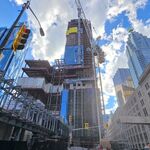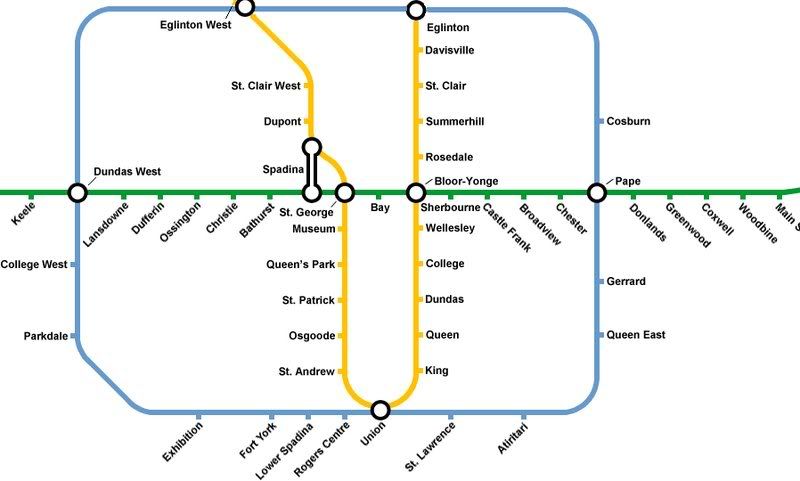MisterF
Senior Member
^And serving fewer people.
High speed trains, typically electric, serving primarily longer-distance regional trips with two-way, all day service. Station locations would generally be the same as for regional rail, but with faster and more frequent service.
Average speed: 50-80 km/h
Headway: as low as 5 minutes between trains
Capacity: 25,000-40,000 per hour
Stations: 2-5 km apart
...So basically the GO lines will become a DRL serving longer distance trips from the suburbs, connecting to Union while the Downtown Core line will be a DRL serving shorter, urban trips using Queen or another street through downtown. Sounds like a good plan to me.
With the Metrolinx plan we'll be getting both, for all intents and purposes. With the Lakeshore, Richmond Hill, Brampton, and Mississauga GO lines getting converted to "express rail", they'll basically be the equivalent of subway lines. Here's how Metrolinx defines express rail:WRT to the "downtown core line", we should create two different "teams." Each would represent the businesses and land owners around the two most often cited corridors for such a route, Queen and the Rail Corridor. Whichever group promises to cover a greater share of the total costs, gets the route.
High speed trains, typically electric, serving primarily longer-distance regional trips with two-way, all day service. Station locations would generally be the same as for regional rail, but with faster and more frequent service.
Average speed: 50-80 km/h
Headway: as low as 5 minutes between trains
Capacity: 25,000-40,000 per hour
Stations: 2-5 km apart
...So basically the GO lines will become a DRL serving longer distance trips from the suburbs, connecting to Union while the Downtown Core line will be a DRL serving shorter, urban trips using Queen or another street through downtown. Sounds like a good plan to me.





